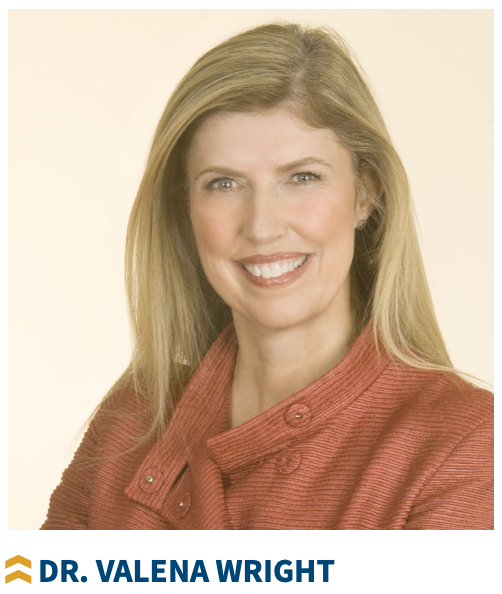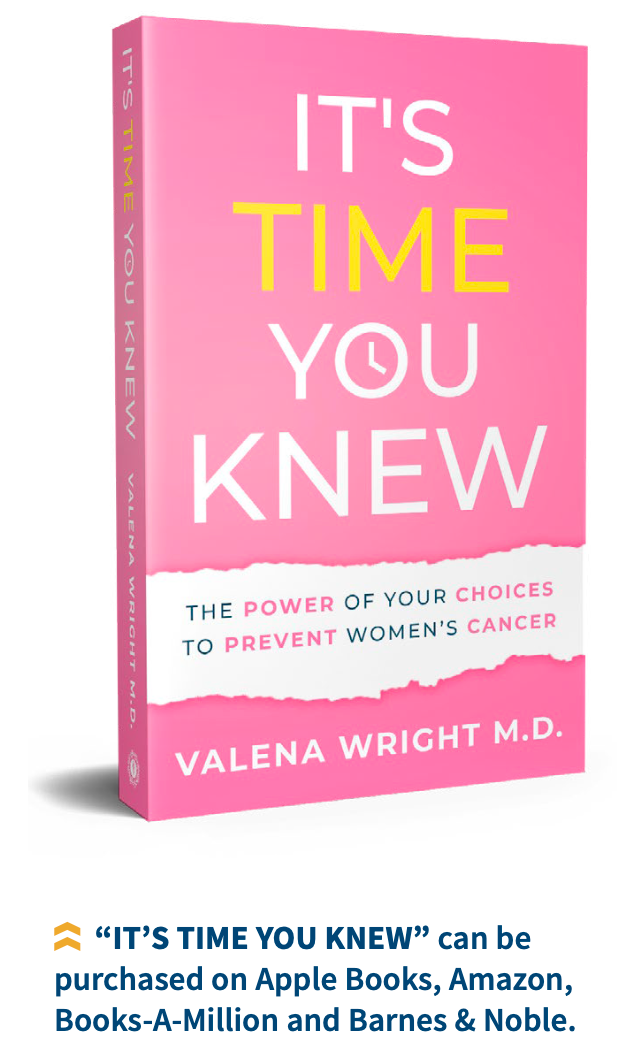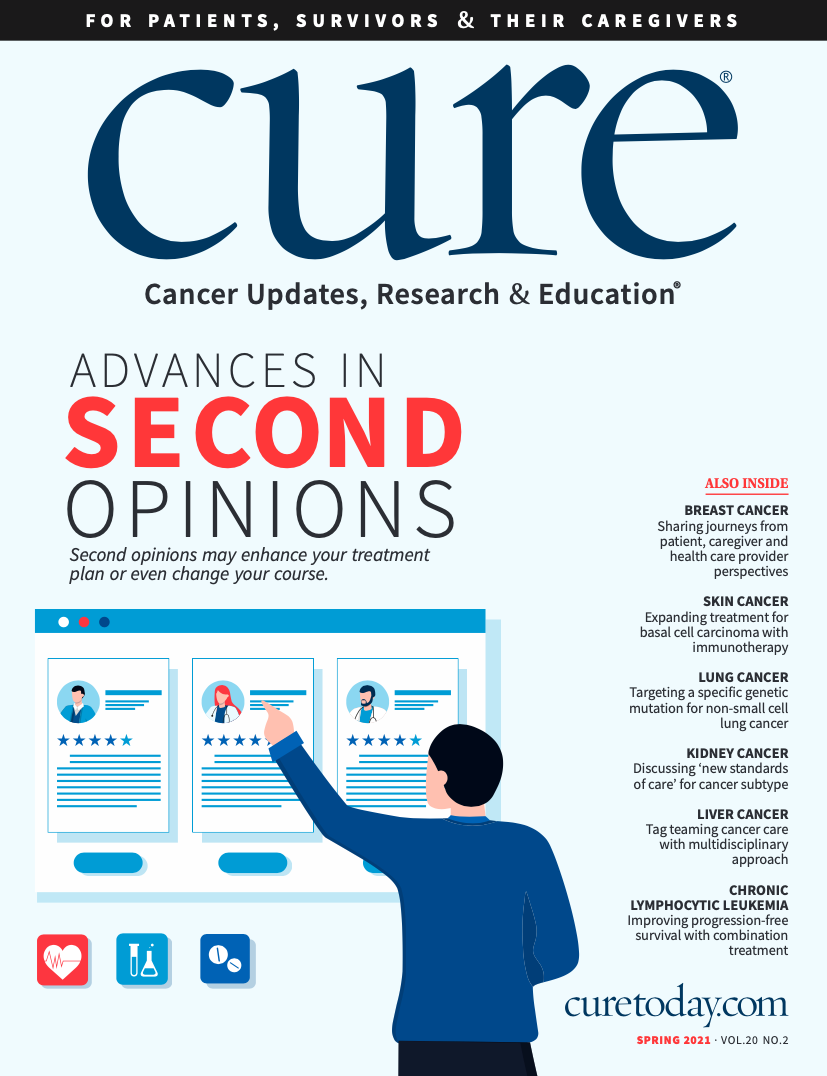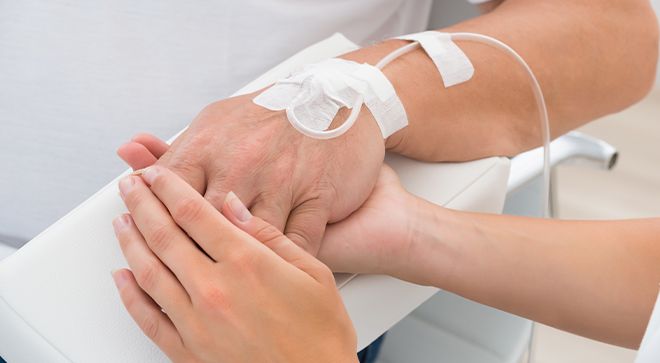Publication
Article
Doctor’s Experience as a Cancer Caregiver Is Helping Educate Others
Author(s):
A gynecologic oncologist who has spent her career helping patients during their cancer journeys goes a step further to educate women on how to advocate for themselves and possibly prevent cancer before it occurs.
Dr. Valena Wright has specialized in gynecologic oncology for the past 25 years. When her sister Debbie received a diagnosis of ovarian cancer, Wright gained a new perspective on what patients and their families go through.
After her sister died from ovarian cancer in 2016 at age 55, Wright decided to teach others what could be learned from her sister’s experience by writing “It’s Time You Knew.” In the book, Wright speaks with her patients about their cancer journeys, discusses major takeaways from their experiences and explores ways to potentially reduce their risk for cancer, among other topics.

CURE® spoke with Wright about what women need to know to protect themselves from women-related cancers and the importance of potentially preventing the disease.
CURE®: What inspired you to write your book?
Wright: My family story really inspired me to write the book. I’m a gynecologic oncologist, so I’ve trained in both obstetrics and gynecology and then (did my) fellowship in women’s cancer surgery and chemotherapy. I take care of women who have different gynecologic cancers, which include ovarian cancer, uterine cancer, (cervical) cancer, vulvar cancers; those are the most common. When you study and practice all of these years and a member of your family receives a diagnosis of ovarian cancer, which is the most serious or difficult to treat, you see things from a different perspective. I learned so much from being with my sister during her battle with ovarian cancer. I was disappointed in some of the interactions that she had with the medical system. And I thought, if I wrote our story it could help other people avoid some of the same problems. There are a lot of things about ovarian cancer that aren’t well understood, but the more that women understand and know about ovarian cancer, (the more it will help) them learn what they can do to avoid ever having to deal with that diagnosis.
What were some of the things you wish were different about your sister’s communication with her doctor, and what do you want women to take away from this book?
A lot of times with ovarian cancer, it’s really difficult to diagnose… It can take up to two years of women (having) symptoms before they receive a diagnosis. And it’s always been controversial — whether the symptoms aren’t clear, if there are no symptoms that are recognized early or if it’s a problem (related to cysts).
When my sister first received her diagnosis, she was living in Germany and she was told she had an abnormal cyst on her ovary. She didn’t follow up right away because she was in the middle of traveling. When she came back to Canada, a follow-up ultrasound showed the cyst had enlarged dramatically. Because of that, her doctors recognized something was really wrong and that she should have surgery.
With ovarian cancer, some of the symptoms are very subtle, such as an increase in urinary frequency. ... Often the symptoms are more related to digestion, such as a little bit of bloating, feeling full. (With) these symptoms, people don’t think of the ovary. If people have those symptoms, they end up sometimes being triaged into gastroenterology, to colonoscopies, to urology, but people don’t think about it in the differential diagnosis.
There are some tests that can help diagnose ovarian cancer. Ultrasound and a tumor marker called CA 125 are our two best tools. If (my sister) had understood the importance of follow-up at that first visit, maybe she wouldn’t have had a delay. I think it was six months from her first abnormal ultrasound to follow-up. Part of that was not having symptoms that she recognized, but even if you have no symptoms or no recognized symptoms, sometimes medical tests will come back abnormal. Just because you feel fine doesn’t mean you should ignore an abnormal medical test; it means something requires follow-up, and not (following) up can put your health at risk.

When someone has ovarian cancer, they should consider genetic testing. The reason for that is up to 20% of ovarian cancers have a familial component. If you do genetic testing, you can identify yourself as being at increased risk if you have (what) we call a deleterious gene mutation. Debbie didn’t have (genetic testing) with the other testing that was done. It was several years ago, so the testing is better now. But family history alone, even without genetic testing, shouldn’t be ignored because there are some gene mutations that we just haven’t studied or identified as being deleterious yet.
With that knowledge, in women who are at high risk for ovarian cancer (and) have a gene mutation, you can do risk-reducing surgery to decrease the risk of ovarian cancer, which is removal of the fallopian tubes and ovaries. Fortunately, my younger sister Shirley did that and was so lucky to receive a diagnosis, when she had no symptoms, of a very early precursor to ovarian cancer. It’s called fallopian tube carcinoma in situ, which is a microscopic tumor in the fallopian tube that is impossible, really, to diagnose. When researchers looked at women with gene mutations who were undergoing this risk-reducing surgery, it was discovered that a lot of what we call ovarian cancer actually starts in the distal end of the fallopian tube as a microscopic lesion. It spills those cells into the abdominal pelvic cavity. And those cells can land on the ovary, creating a mass that is then attributed to the ovary, even though it really started in the fallopian tube.
She was very fortunate because she didn’t require any further treatment or chemotherapy. I’m so glad she’s with us today. ... Because we know so much more now, it’s really important to be an advocate for your own health and consider genetic testing.
There’s a lot we’re learning based on genetics and advances in the field. It’s difficult for doctors to keep up on all the different aspects of care. If you do have a positive family history, it’s really important to talk about it with your family members and see if you qualify for genetic testing. It doesn’t mean you have to have risk-reducing surgery, but perhaps it will mean that you would be screened differently. And if you don’t know or if you don’t explore that option, you might miss an opportunity that could actually have a huge impact and save your life.
That background was really the motivating factor for me to write this book, because I want women to understand their risk and what their options are.
Throughout your book, you focus on a variety of women-related cancers. Why do you find it so important to cover this topic with a broader approach?
The numbers of women affected by breast cancer is higher than the number of women with these other cancers. When we look at health and health outcomes, medicine wants to divide everything up into body parts or different areas, but our health is really a constellation of many things and it’s not ... one system. I think obesity is such a good example of that because it affects all of our body parts in different ways. There’s risk of obesity and the comorbidities that we’ve seen associated with it. Even the COVID-19 pandemic highlights that.
Having more of an emphasis on health and lifestyle interventions to prevent risk rather than waiting for cancer to develop and playing catch up is another reason I thought this book was really important. Nobody wants to receive a diagnosis of cancer, and it’s not just (that), it’s the ability to have good health. That’s probably our most important asset because without good health we’re really limited in our ability to enjoy life in many different ways. Knowing over time (the) actions that you can take to prevent cancer over a lifetime, it really adds up.
This interview has been edited for clarity and conciseness.
For more news on cancer updates, research and education, don’t forget to subscribe to CURE®’s newsletters here.






